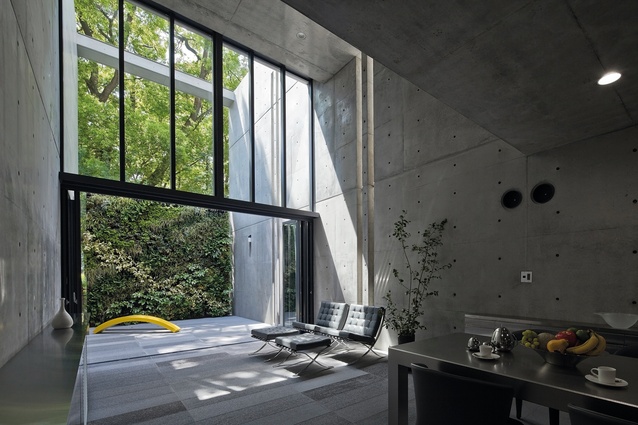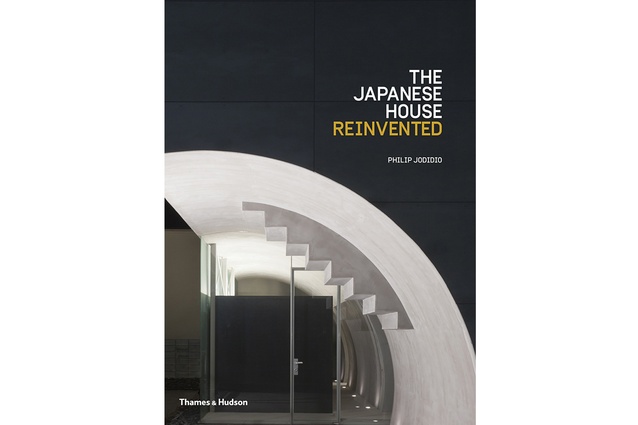Book review: The Japanese House Reinvented
The architecture of Japanese houses has developed from imported styles since prehistoric times. The early influence of Taoism and Buddhism from China still permeates the essence of what makes up Japan’s architecture today. Taoism’s founder Laozi once suggested that a room’s true beauty is in the “empty space” and this belief is evident in the 53 projects featured in The Japanese House Reinvented. It also has a natural synergy with Modernism (including works by Le Corbusier and Frank Lloyd Wright), which has influenced, and been influenced by, Japanese architecture.
Starting with Kenzo Tange, Japan’s contemporary architects have developed an enviable reputation and emerged “as a substantial force on the international scene”, says author Philip Jodidio. The houses featured here are by architects such as Tadao Ando (whose House in Utsubo Park, Osaka, is seen in the above photograph on the right), Shigeru Ban (architect of Christchurch’s Transitional Cardboard Cathedral) and Sou Fujimoto (who gave a talk in Auckland earlier this year).
Much like New Zealanders, the Japanese prefer to live in houses, rather than apartments. These are typically either constructed in wood – due to Japan’s abundant renewable timber resource and wood’s resilience in the event of earthquakes – and are light on the ground or, in stark contrast, houses are designed as solid forms built from reinforced concrete. In densely crowded urban areas like Tokyo, where green spaces are scarce, meticulous attention is given to providing occupants with multi-functional spatial arrangements and plenty of natural light.
Jodidio explains the difference between Western and Japanese architecture’s ‘definitions’ of nature: “an American might think of vast empty spaces or majestic mountain ranges” whereas “a Japanese person can conceive of a ray of sunlight and the feeling of the breeze”.
The Japanese House Reinvented
By Philip Jodidio
Thames & Hudson, $90











